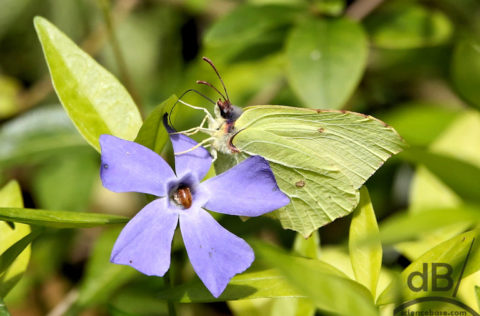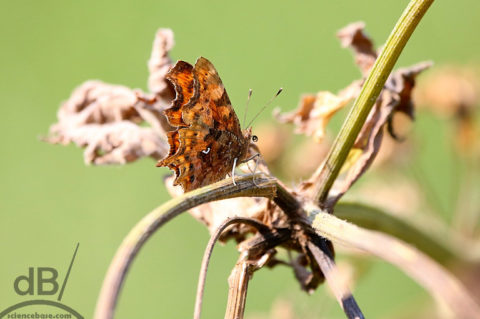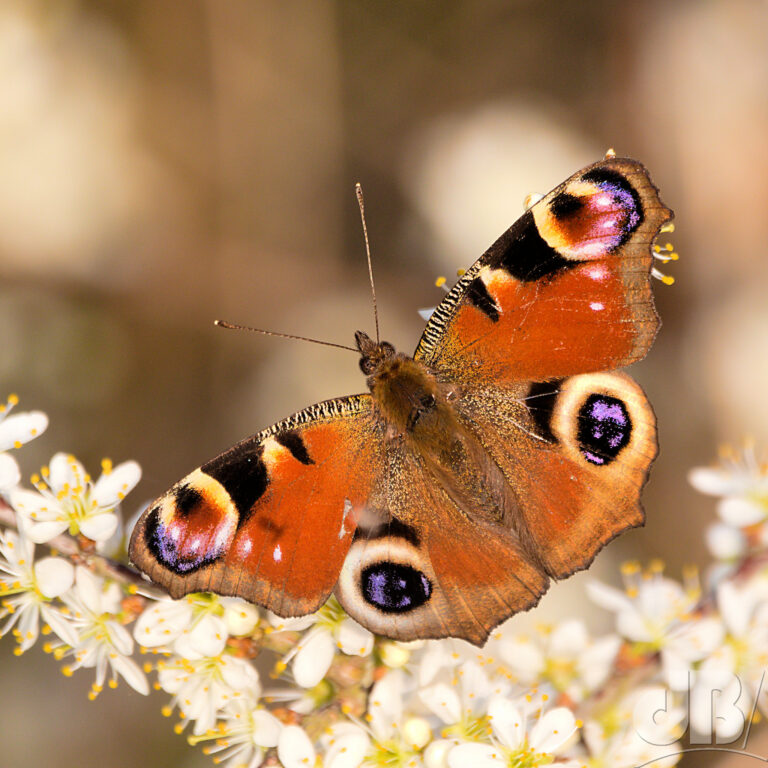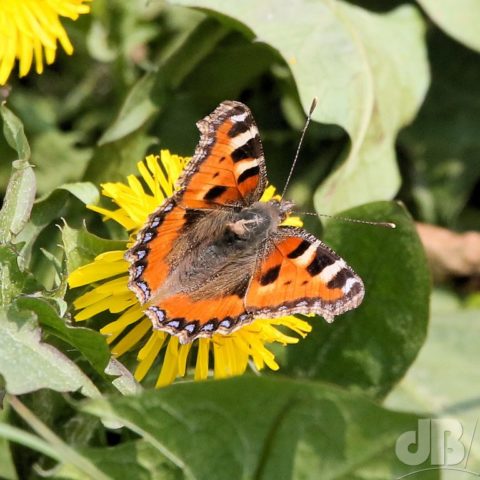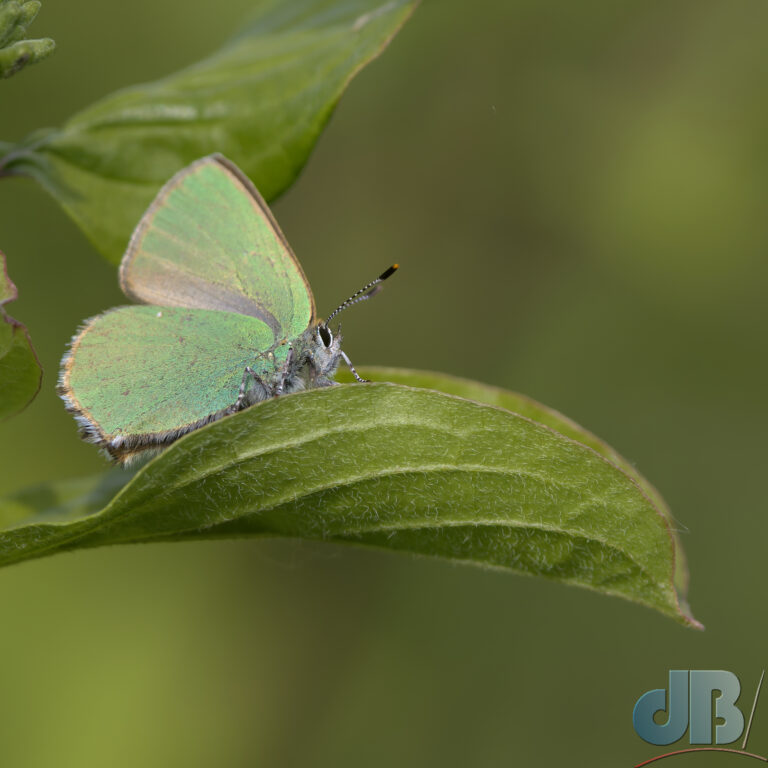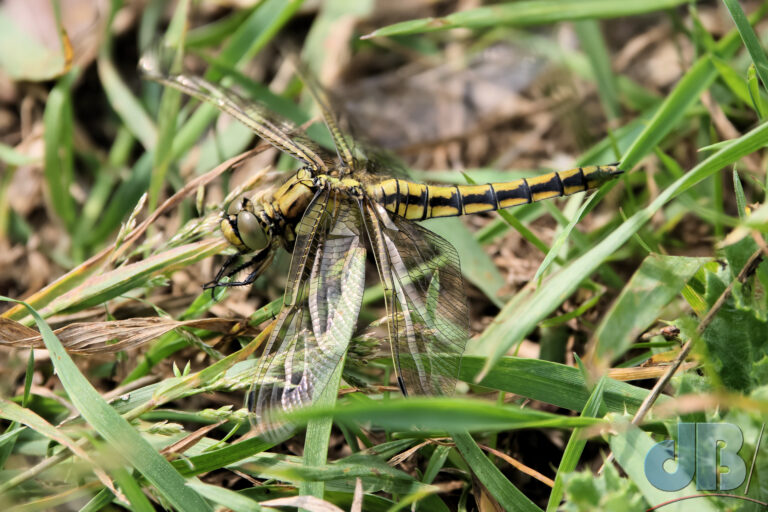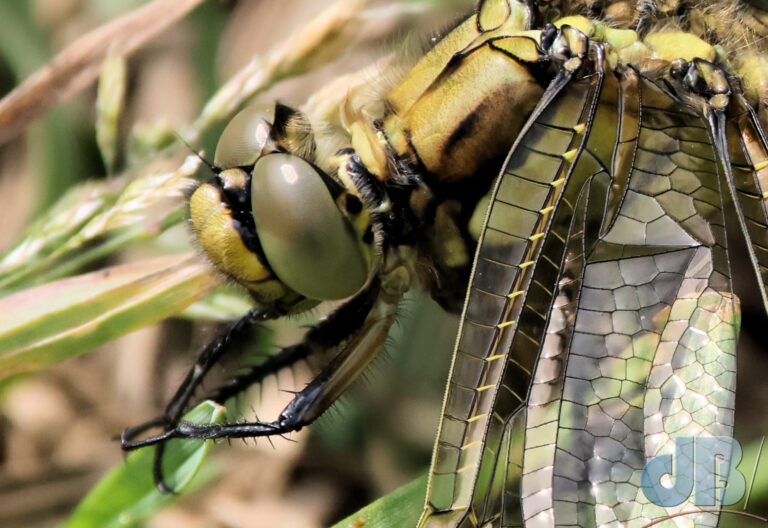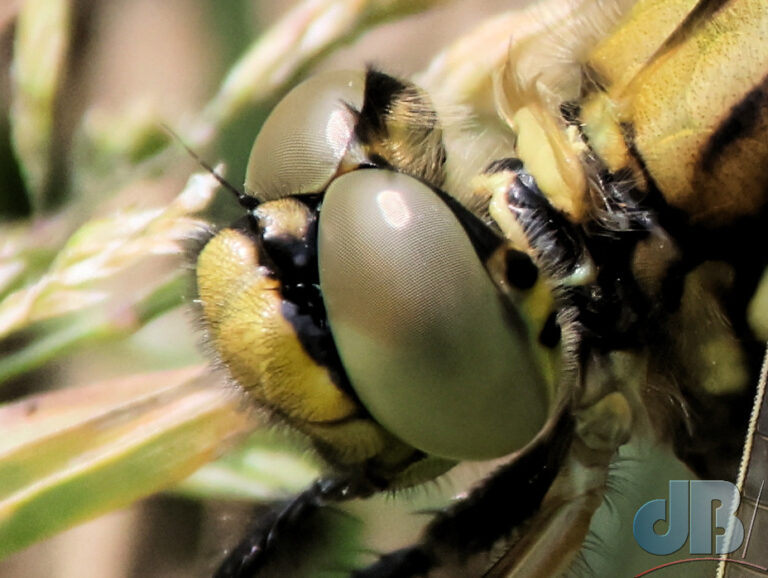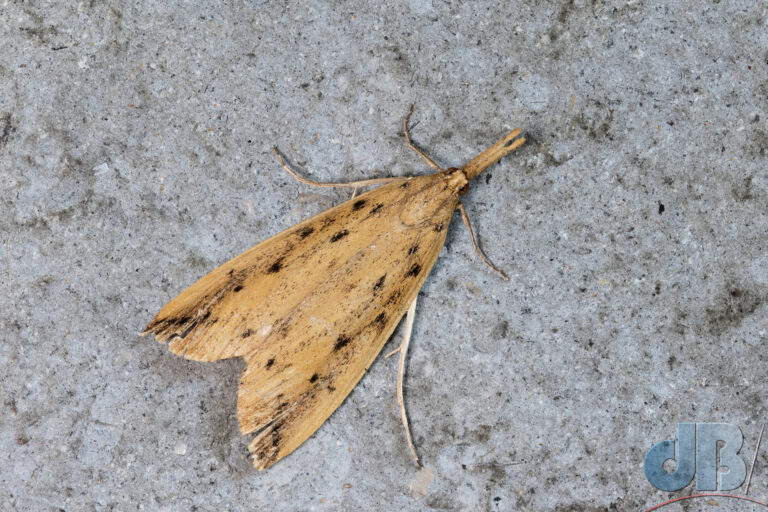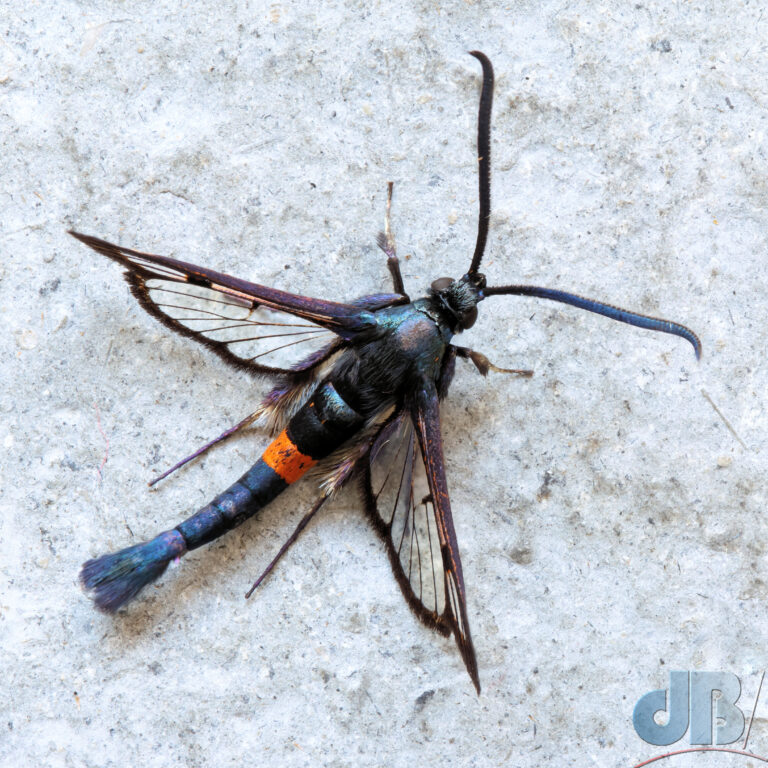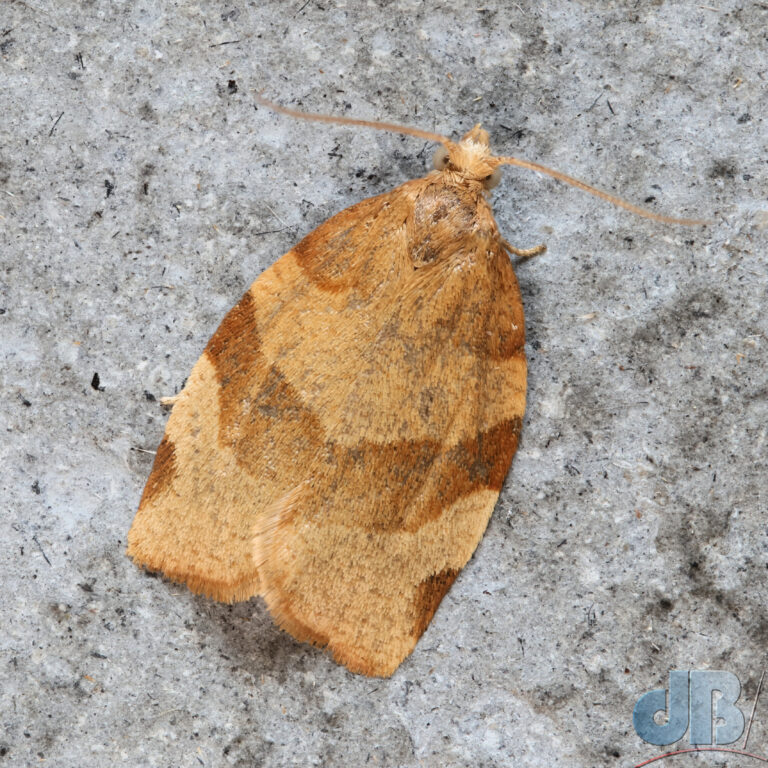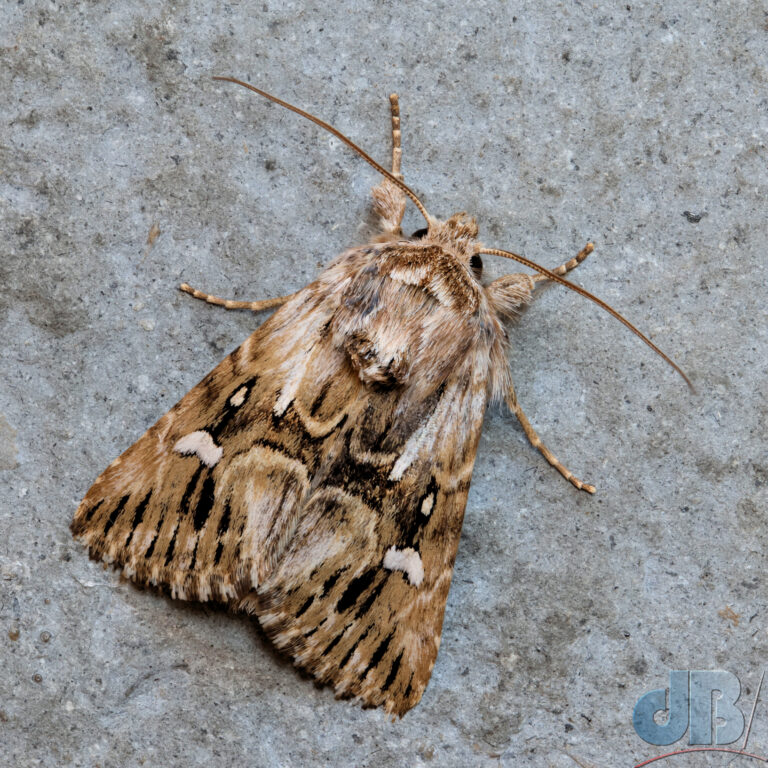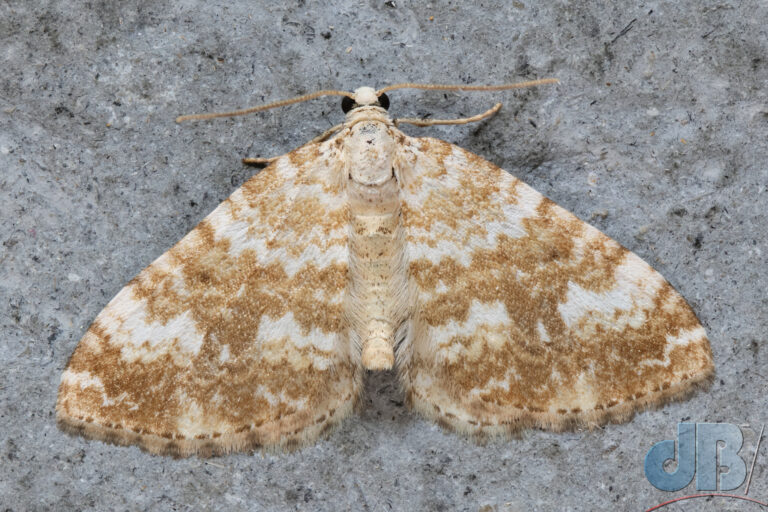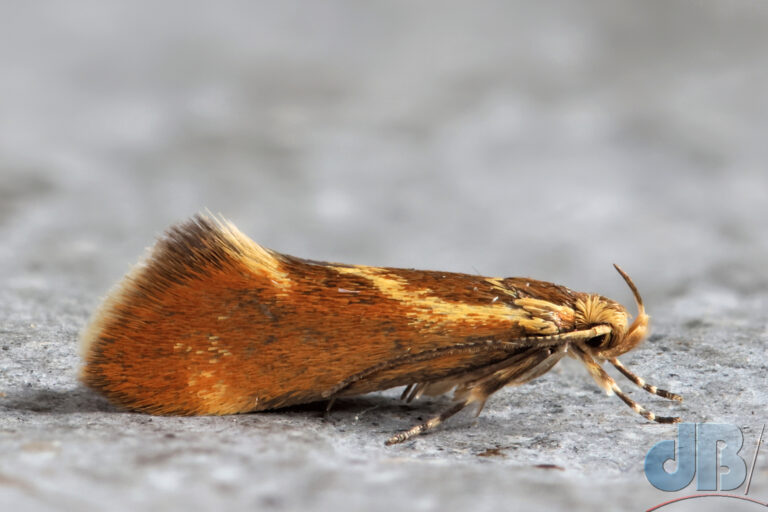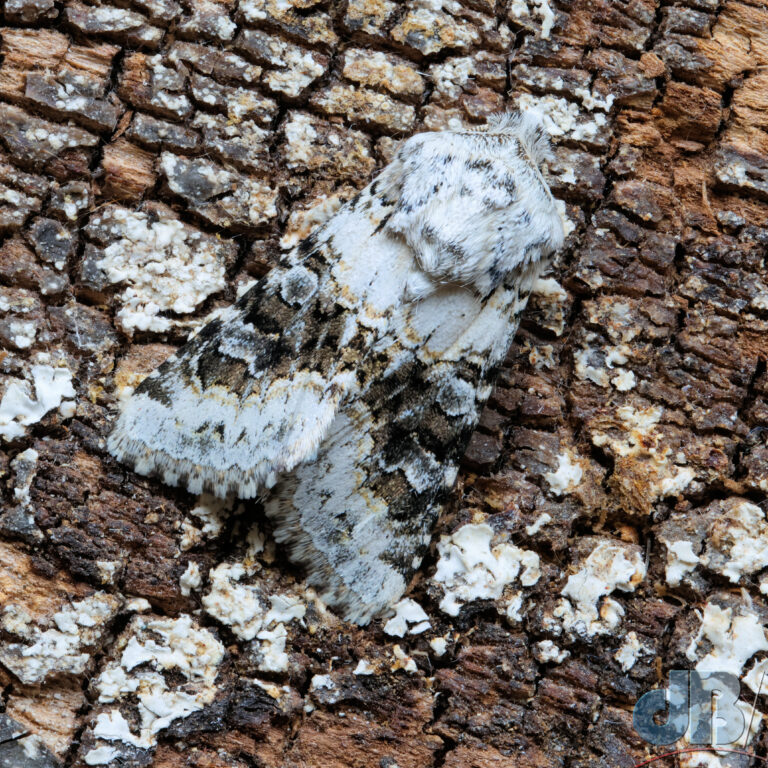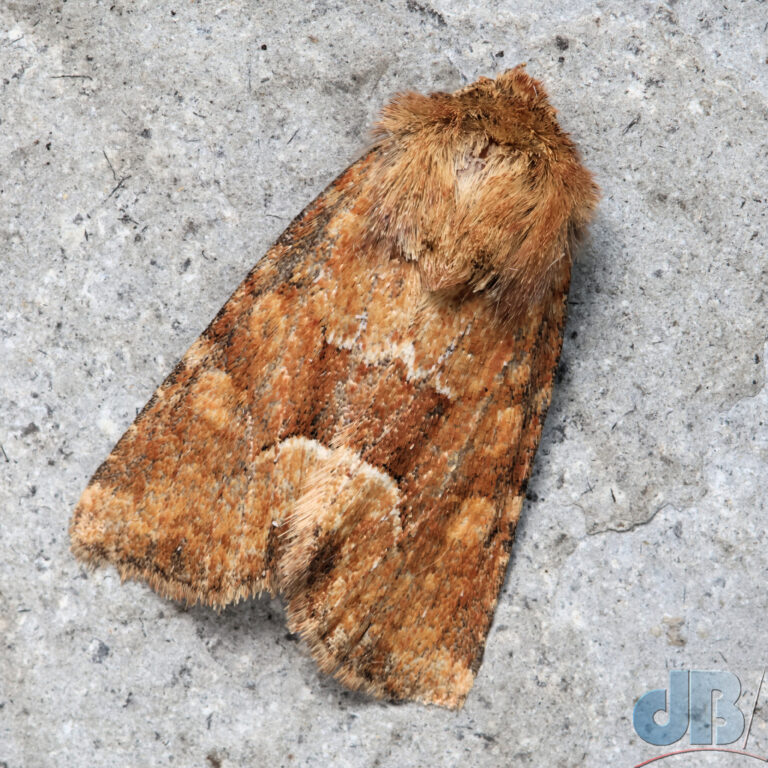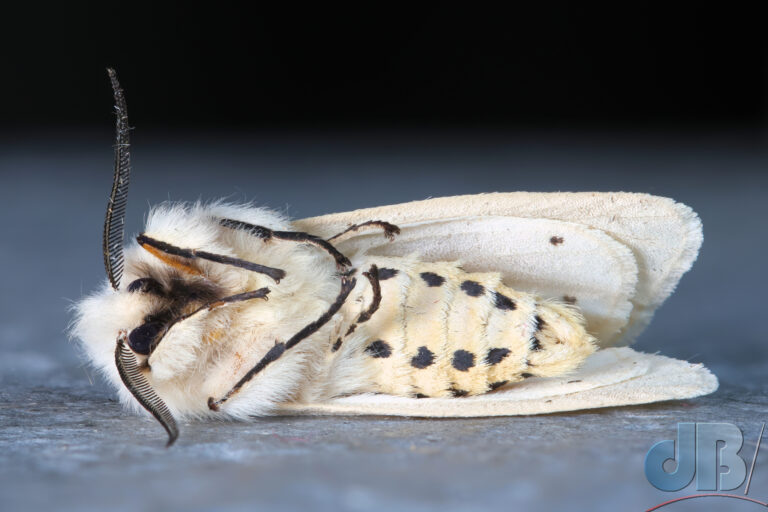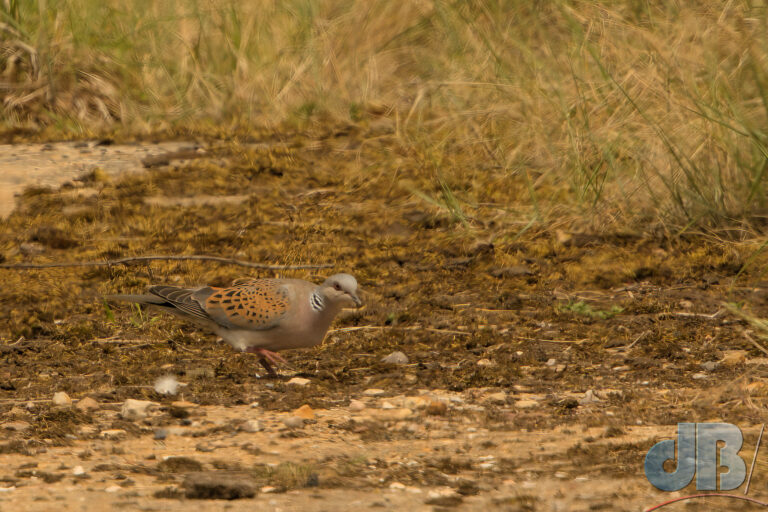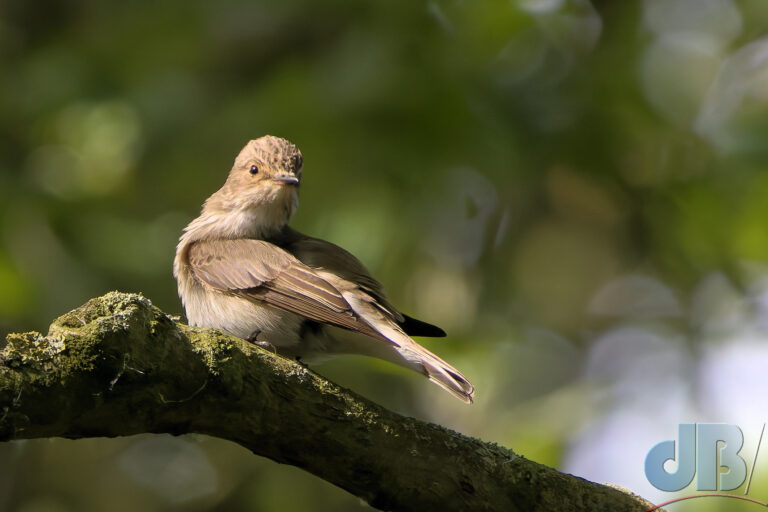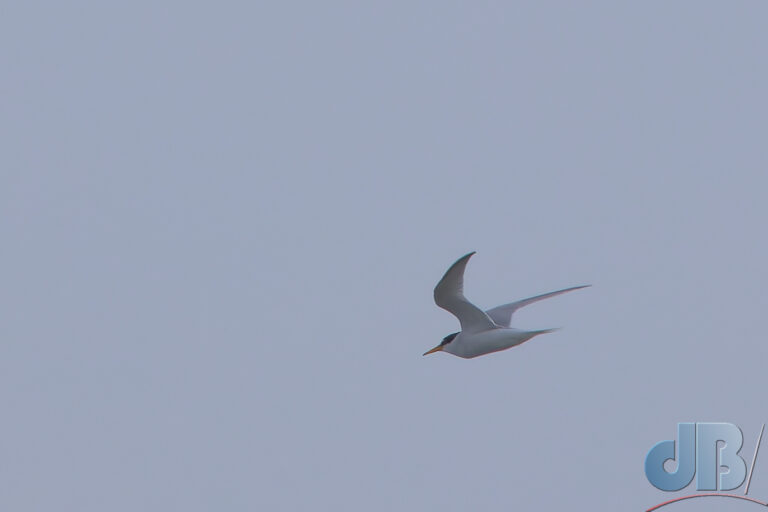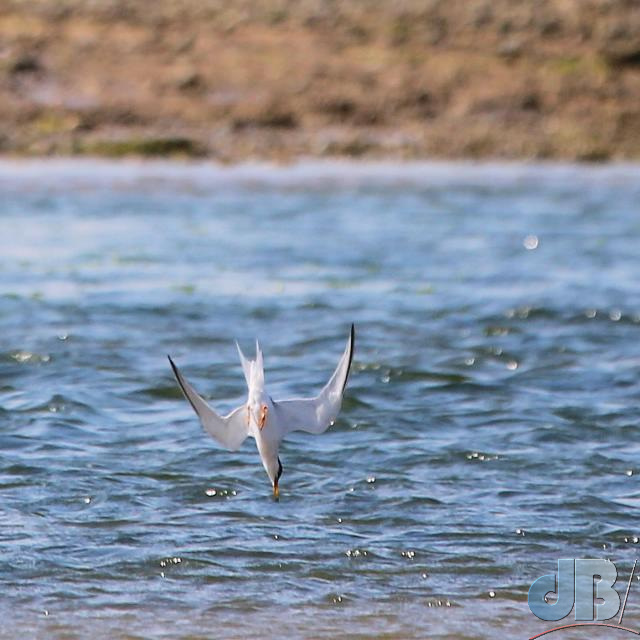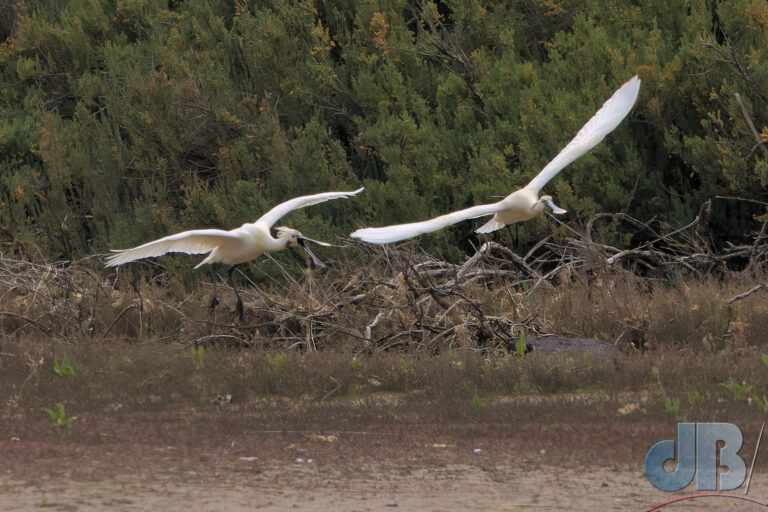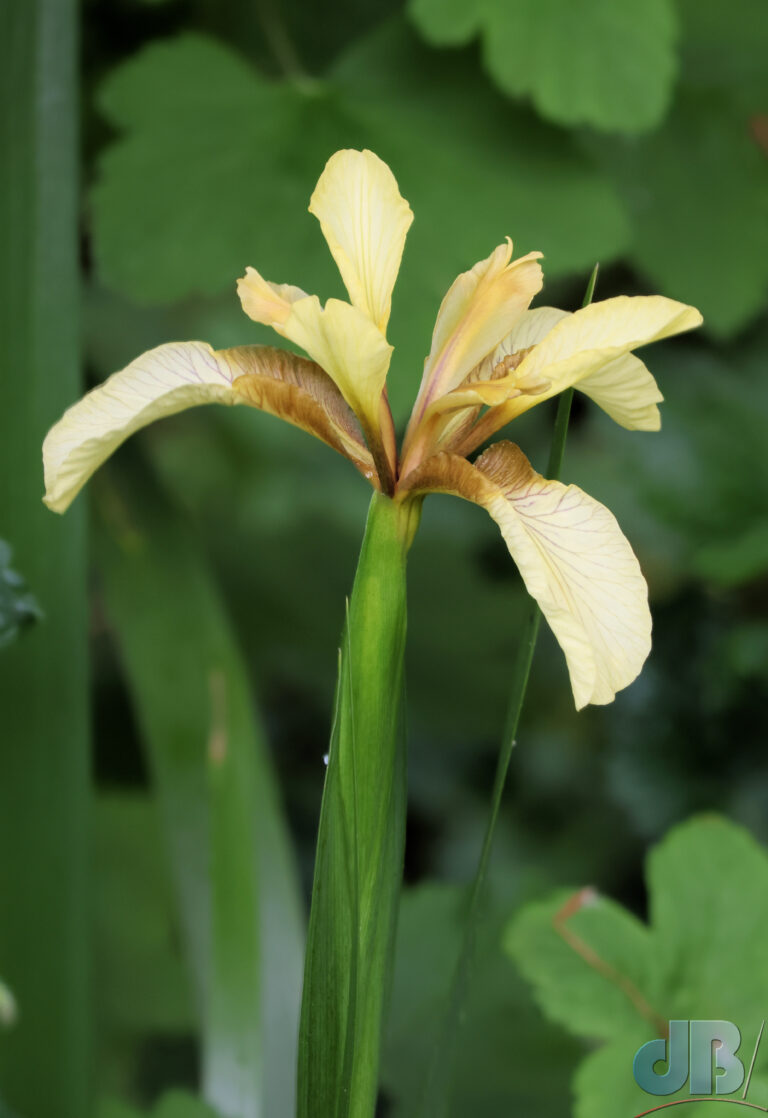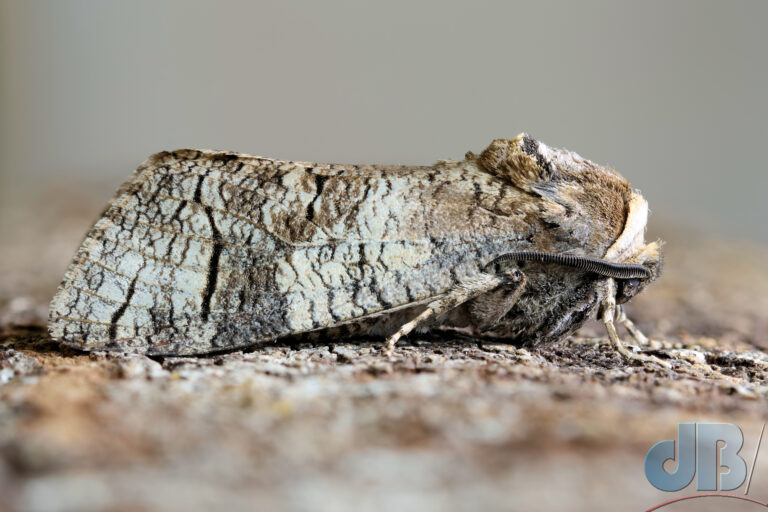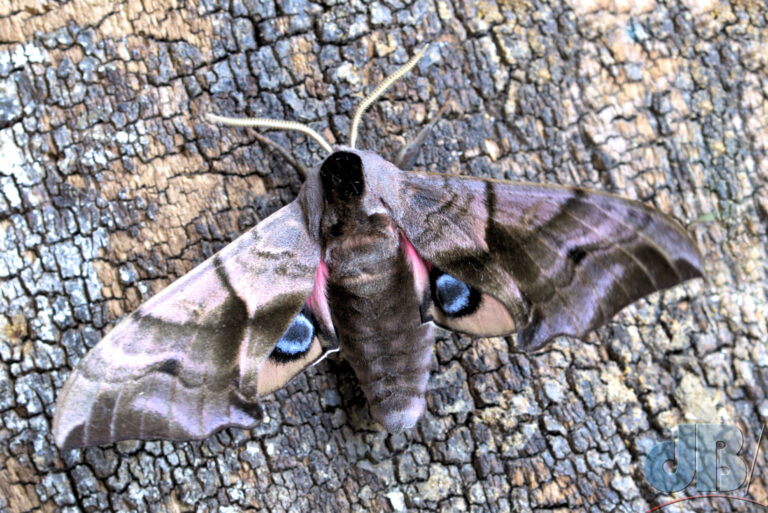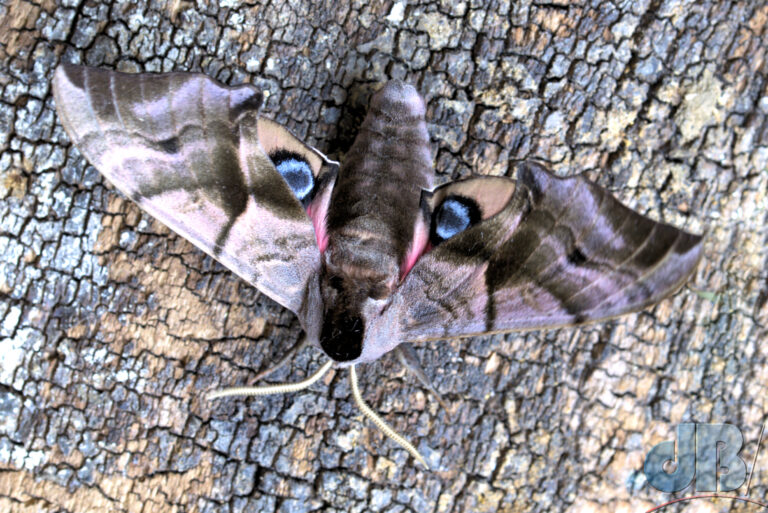The vernacular naming of micro-moths in the UK has gone through a relatively recent but fascinating evolution, especially when compared to the longer-established common names of macro-moths and butterflies. It’s quite controversial.
I’ve talked about the names of moths a lot here, as regular readers will know. It was the weird and wonderful moth names that first got me interested when a friend ran a trap and showed me Burnished Brass, Privet Hawk-moth, Ruby Tiger, Angle Shades, Dark Dagger, Small Magpie, Diamondback Moth, The Shark, Buff-tip, The Vapourer, Small Elephant Hawk-moth, Light Brown Apple Moth etc. The moths themselves were weird and wonderful, but the names were on another plain.
Lots of lepidopterists amateur and professional prefer to use only the scientific binomials, as there is less chance of ambiguity given they rarely change. They work well internationally too. Vernacular names are often considered too fanciful, whimsical, or changeable. However, scientific binomials are often multisyllabic and hard to remember whereas a descriptive vernacular name might be much easier to recall and spell. This has implications for public interest, Garden Grass Veneer, is less of a memory mouthful than Chrysoteuchia culmella for some people. That said, the public has no trouble with Tyrannosaurus rex! There’s really no vernacular name for the Terrible Lizard King, after all.
Until the end of the 20th century, micro-moths in the UK were primarily known by their scientific binomials, often known as the Latin name. Ian Heslop’s 1945 checklist was not widely adopted and was even ridiculed at the time, lepidopterists were very reluctant to accept any vernacular names. Only a few micro species have established common names. These were usually species that were visually distinctive or commonly encountered, such as: Small Magpie (Anania hortulata), the Codling Moth (Cydia pomonella), or those considered to be crop pests like the Light Brown Apple Moth (Epiphyas postvittana).
Most microlepidoptera were referred to solely by scientific names due to their vast diversity (over 1,500 species in the UK) and the broader difficulty in finding them and identifying them. This is especiall the case when compared with the generally larger macros, which may even have historical folk names.
In the 1970s, others took up Heslop’s mantle and made an attempt to assign vernacular (common) names to all British micro-moths. J. D. Bradley [no relation] and D.S. Fletcher in 1979 did this in their checklist of Lepidoptera Recorded from the British Isles (updated by Bradley in 2000).
The pair gave vernacular names to all micro-moths, whether previously named or not. As with Heslop’s work, these names were often invented, sometimes based on appearance or taxonomic hints, but many were somewhat arbitrary. Many of the invented names were not widely adopted or were considered inappropriate, unhelpful, or even confusing.
David Agassiz, Steve Beavan, and John Heckford tried to remedy the situation with their publication: A Checklist of the Lepidoptera of the British Isles (2013), often referred to as ABH 2013, published by the Royal Entomological Society. It was the product of many years work with discussions in the mothing community and with the likes of John Langmaid, its lists were continually updated.
ABH retained, revised, or discarded many of the vernacular names introduced by Bradley. It was said to have greater clarity, consistency, and usefulness because the names were re-evaluated for accuracy, descriptiveness, and potential for common usage. A 2024 edition was published and updates are already being made in 2025. ABH is used by the likes of iRecord and Butterfly Conservation schemes, National Moth Recording Scheme (NMRS), and the UKMoths website, I believe. It seems that the authors are not inclined to make the updated lists available online for recorders and others though.
However, it is the Field Guide to the Micro Moths of Great Britain and Ireland by Sterling, Parsons & Lewington, 2012, which was considered the standard field guide, while it closely aligns with ABH 2013, it was a more accessible publication. The second edition, massively revised and updated, was published at the end of 2023 and is probably the book most moth-ers turn to check their moths and their names. There’s a link to an up-to-date copy of the Sterling checklist as a spreadsheet file here. (Thanks to Harry R for the link.)
All these efforts remain controversial. There are different factions among amateur and academic lepidopterists who prefer one source over another. Yet others that will be debate the value of micro moth vernacular names until the codlings come home. And, yet others who love the scientific binomials and all the weird and wonderful names of all our weird and wonderful moths.
Footnote
This article arose because I posted a link on my BlueSky to what I assumed was the current definitive list of micro moth names (common and vernacular) from Jim Wheeler and it led to quite a lengthy and fascinating discussion among #teamMoth there.
There are plenty of other lists and publications and people involved in all of this. I may update this article, if anyone contacts me furious that I failed to mention their favourite, hahaha.
